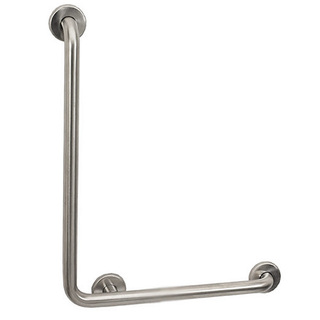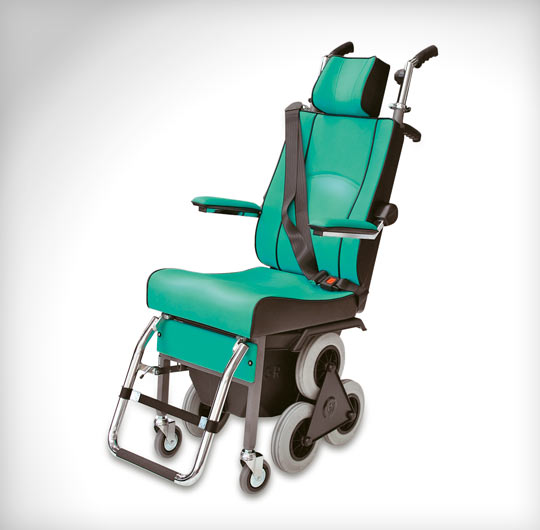Heavy-Duty Stainless Steel Construction:
L-Type Design for Versatile Support:
Secure Installation for Peace of Mind:
Anti-Slip Surface for Enhanced Safety:
Modern Aesthetics for Contemporary Bathrooms:
Compliance with Safety Standards:
Important Notes
These especially made – Handicap Grab bars are safety devices designed to enable a person to maintain balance, lessen fatigue while standing/balancing, hold some of their weight while maneuvering, or have something to grab onto in case of a slip or fall. A caregiver may use a grab bar to assist with transferring a patient from one place to another. A worker may use a grab bar to hold on to as he or she climbs, or in case of a fall. The material and Diameter of pipe is as per safety norms and firm griping required while passing the load to accidental situations specially for Physically handicapped persons, pregnant ladies, Elder/senior persons, or temporarily disable persons. Usually 32mm is highly recommended world wide as its grip is good enough for children & ladies or elderly persons with weak grip, for comfortable firm grip.
Grab bars must bear high loads and sudden impacts, and most jurisdictions have building regulations specifying what loads they must bear. They are generally mounted to masonry walls or to the studs of stud walls (which may need to be specially strengthened). They can be mounted through drywall into a strong wooden wall stud or other structural member, but not mounted only on the drywall, as it will not bear the users’ weight. Prosafe Grab bars are tested to load bearing capacity of 150 kgs minimum.
Grab bars increase accessibility and safety for people with a variety of disabilities or mobility difficulties. Although they are most commonly seen in public handicapped toilet stalls, grab bars are also used in private homes, assisted living facilities, hospitals, and nursing homes. Grab bars are most commonly installed next to a toilet or in a shower or bath enclosure.
Grab bars can be installed in different positions:
- Vertical grab bars may help with balance while standing as well as posture of hand for firm grip.
- Horizontal grab bars provide assistance when sitting or rising, or to grab onto in case of a slip or fall, saving from serious injuries to lighter impact falls.
- Some grab bars can be installed at an angle, depending on the needs/postures or medical condition of users, and the positioning. Grab bars installed horizontally offer up the greatest safety and care should be taken when installing them on the angle, as this is contrary to the ADA Guidelines. Often this angled installation is easier for people pulling themselves up from a seated position.
There are many considerations when deciding which grab bar to use and how best to install it. Properly securing a grab bar is important so that it doesn’t pull out of the wall when pressure is applied to it. Each installation should be properly secured into a wall to provide the best support.
- Grab bars next to a toilet help people using a wheelchair transfer to the toilet seat and back to the wheelchair. They also assist people who have difficulty sitting down, have balance problems while seated or need help rising from a seated position.
- Used in a shower or bathtub, grab bars help to maintain balance while standing or maneuvering, assist in transferring into and out of the enclosure, and generally help to mitigate slips and falls.
- There are standard norms and guidance we assist while each installation is required, if individual user or universal design PH toilets, depending of usage requirements. (Available on request).
Grab bars are often used in conjunction with other orthopedic handicapped person supporting devices to increase safety & flexibility in usage situations. For example, a grab bar added to a shower area is frequently used with a shower chair and hand held shower head. Grab bars installed by a doorway are usually added near a railing. In addition, grab bars can be placed on any wall where extra support is needed even if it is not the “usual place” they are used.















